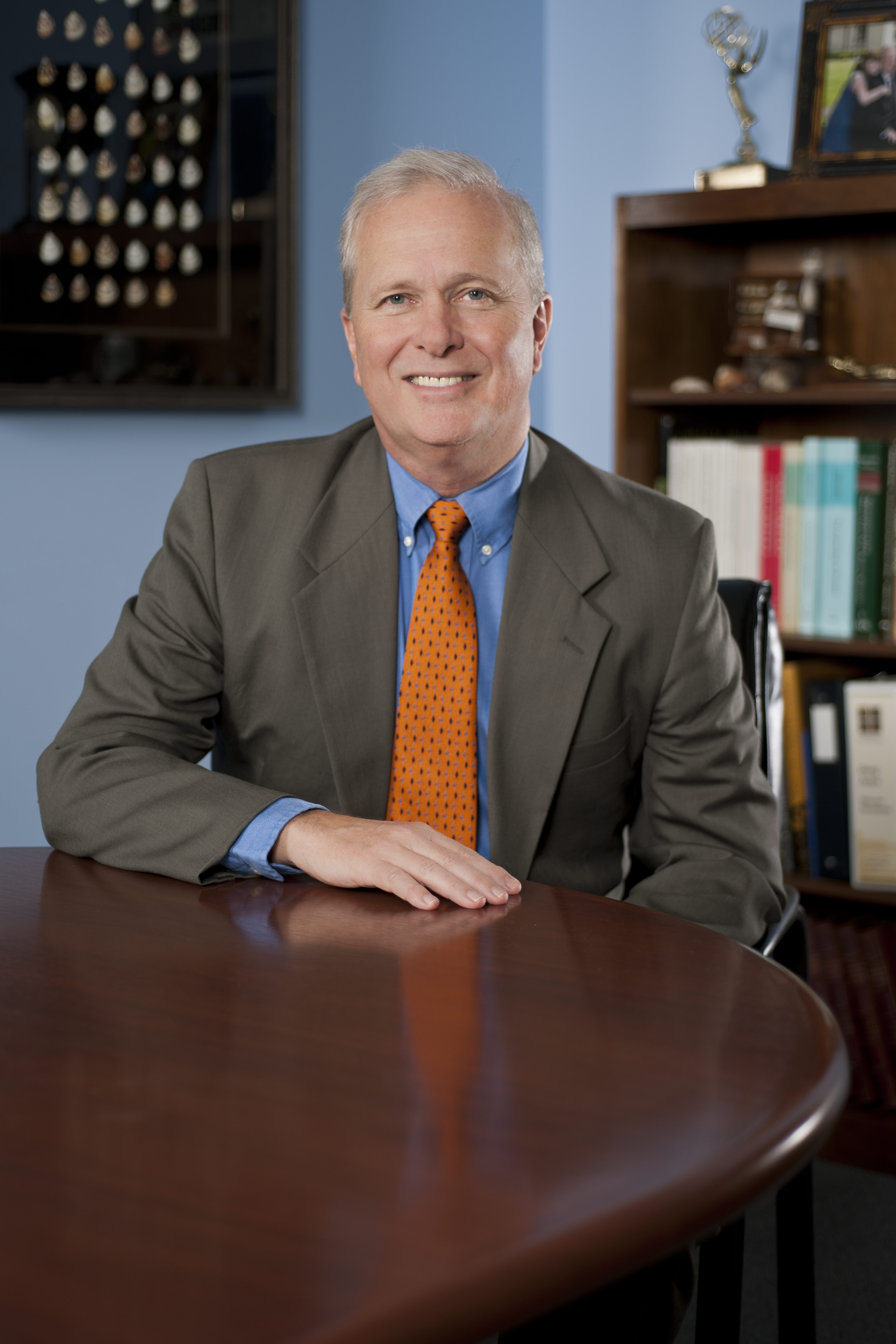GAINESVILLE, Fla. — Florida Museum of Natural History Director Douglas S. Jones has been elected a fellow of the Paleontological Society.
The society, an international nonprofit organization dedicated to advancements in the science of paleontology, elects fellows based on their involvement and contributions to the field through research, teaching or service. The society will recognize Jones during its annual meeting in Seattle later this month.

“Doug is an inspiration to many of us, not just because of his leadership at the Florida Museum, but also from his distinguished career in paleontology” said Bruce MacFadden, a Florida Museum distinguished curator of vertebrate paleontology and University of Florida professor of biology, geological sciences and Latin American studies.
Jones has been a member of the UF faculty since 1979 and director of the Florida Museum since 1997. He currently serves as chair of the board of the American Alliance of Museums. He previously served as president of the Florida Association of Museums and the Association of Science Museum Directors, and vice president of the Toomey Foundation for the Natural Sciences.
In addition to his museum leadership roles, Jones dedicates time conducting field work, running geochemical analysis on fossils and publishing peer-reviewed scientific papers on paleontology. His research interests include exploring shell growth records of modern and fossil mollusks.
Information from shell growth increments and stable isotope profiles in mollusk shells allows researchers to reconstruct detailed records of life history and environmental change in the world’s oceans.
“Jones has left his fingerprint on paleontological research in several ways, but the most notable is his pioneering work in the area of sclerochronology,” said Linda Ivany, professor of Earth sciences at Syracuse University.
Sclerochronology is the study of chemical and physical variations in the accretionary hard tissues of organisms, like the shells of bivalves, and links them to seasonal or annual changes in the environment.
“Changes in growth rate and lifespan are important in the evolution of new species, and Jones’ work is the first to show it is possible to study this even in species that lived tens to hundreds of millions of years ago,” Ivany said.
-30-
Sources: Linda Ivany, (315) 443-3626, lcivany@syr.edu
Bruce MacFadden, (352) 273-1937, bmacfadd@flmnh.ufl.edu
Media contact: Paul Ramey, 352-273-2054, pramey@flmnh.ufl.edu